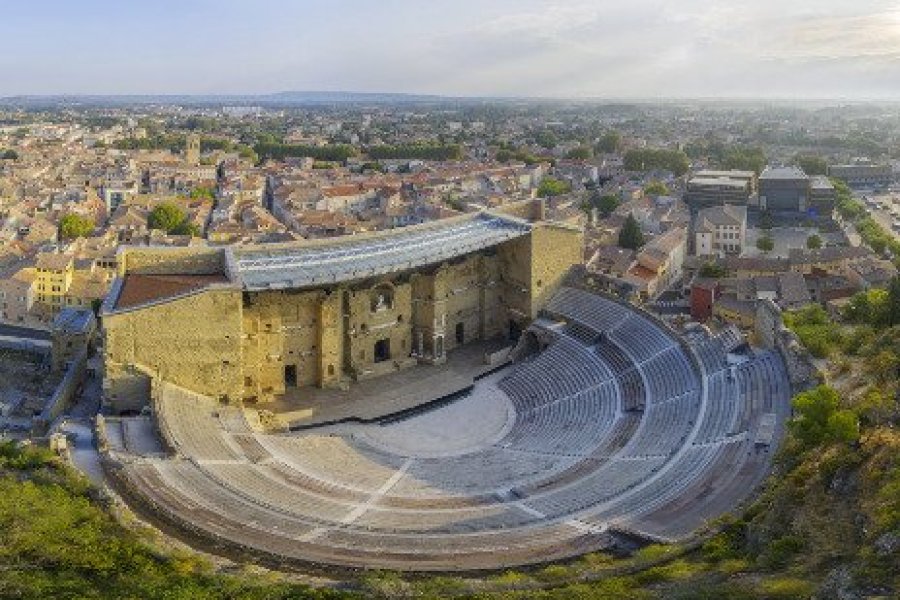
Don't miss the Napoule Boat Show in Mandelieu-la-Napoule!
Recommended , the 20/04/2024 by Isabelle DREZEN
From 04/25/2024 to 04/28/2024 : The 32nd LA NAPOULE BOAT SHOW takes place in MANDELIEU, from April 25 to 28, 2024! For over 30 years, this event has been a must for pleasure ...













